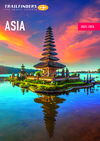Read on for our guide to the best time to visit South Korea.
Spring: Blooms & Festivities
Spring casts a bewitching spell over South Korea, painting the landscape in vibrant hues of cherry blossoms. From late March to Early April, the country transforms into a wonderful panorama as cherry blossoms blanket parks and streets. Seoul’s Yeouido Cherry Blossom Festival and Jinhae Gunhangje Festival in Jinhae are must-visit events during this time, offering a visual feast of pink and white blossoms.
Spring temperatures in South Korea range from 6°C to 17°C. It’s generally reasonably clear and dry at this time of the year, but watch out for the occasional sandstorm blowing over from the Gobi Desert region of China.
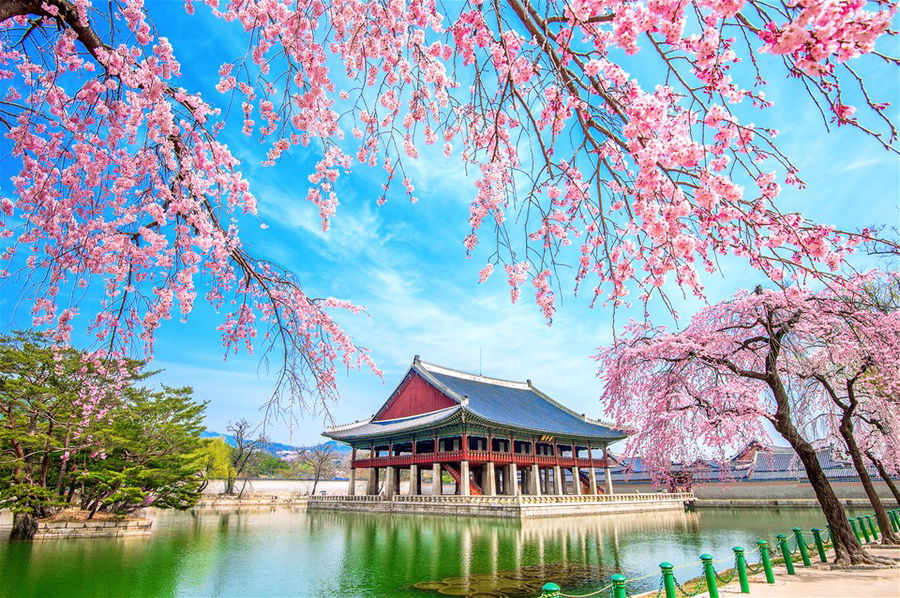
Summer: Festivals & Beach Breaks
Summer in South Korea pulses with energy, with an array of festivals and events lighting up the calendar. From the Boryeong Mud Festival, where visitors can enjoy mud slides and mud wrestling, to the lively Busan International Film Festival, there’s something for everyone. In addition, the coastal areas such as Busan and Jeju Island pull visitors with pristine beaches, making it a good time for a seaside escape.
Summer in South Korea is generally hot and humid, with temperatures ranging between 23°C and 30°C. June and July are monsoon season, so expect a lot of rain during these months.
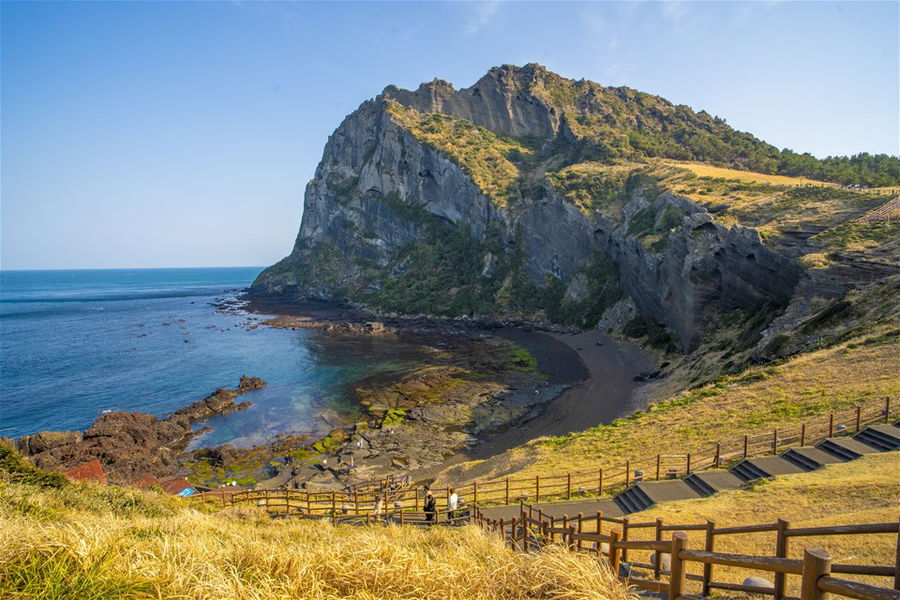
Autumn: A Symphony of Colours
As summer says farewell, South Korea transforms into a breathtaking canvas of autumnal colours. From late September until early November, the vegetation paints the landscape in a range of reds, oranges, pinks, yellows and golds. The iconic Naejangsan National Park and Seoraksan National Park are popular spots for witnessing the gorgeous autumn foliage. Additionally, the Andong Mask Dance Festival offers a look into Korea’s rich cultural heritage.
The heat of the summer starts to drop in late September, early October, making it a more enjoyable time to visit.
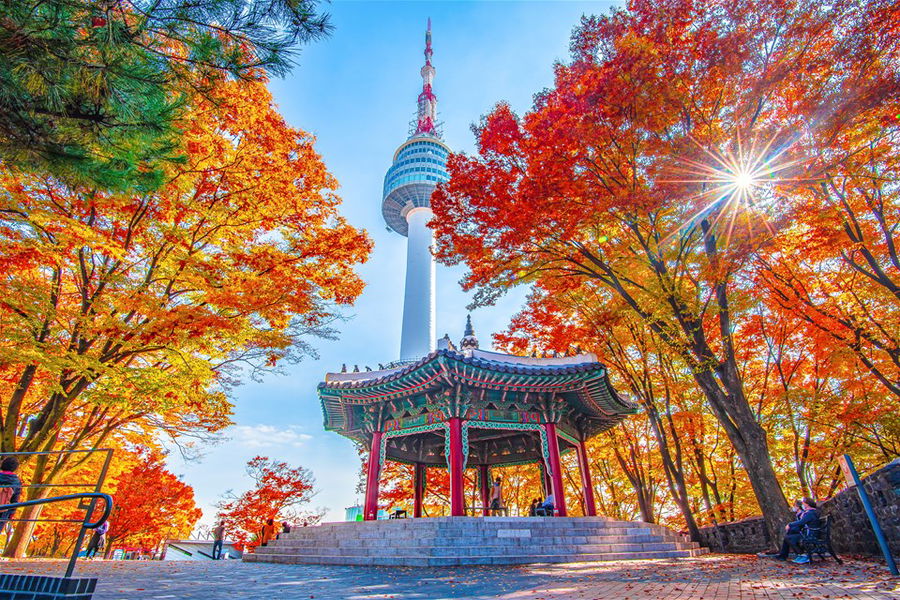
Winter: Snowy Serenity & Festive Cheer
Winter casts a calm magic over South Korea, transforming it into a winter wonderland. While temperatures drop, the country comes alive with festive lights and cheer. Ski resorts like Yongpyong and Alpensia beckon winter sports enthusiasts, offering stimulating slopes and cosy apres-ski experiences. Visitors can also indulge in warming delicacies such as hatteok (sweet pancakes) and steaming bowls of tteokbokki (spicy rice cakes) at bustling street markets.
Winter in South Korea can get very cold – sometimes dropping as low as -10°C in January – so ensure you’re well prepared with warm clothing.
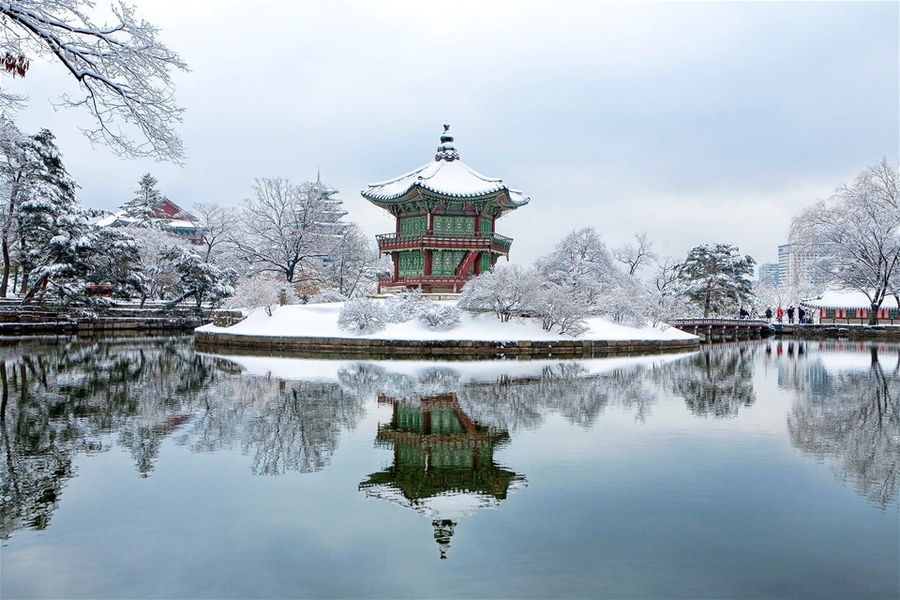
For more inspiration take a look at our South Korea Holidays pages.

%2Fmichellt%2F%24FILE%2Fmichellt.jpg&w=256&q=75)
